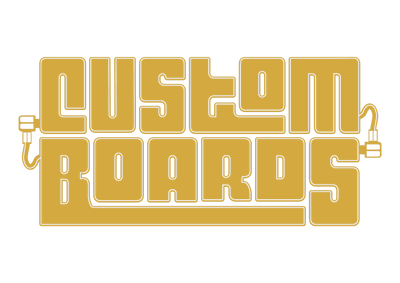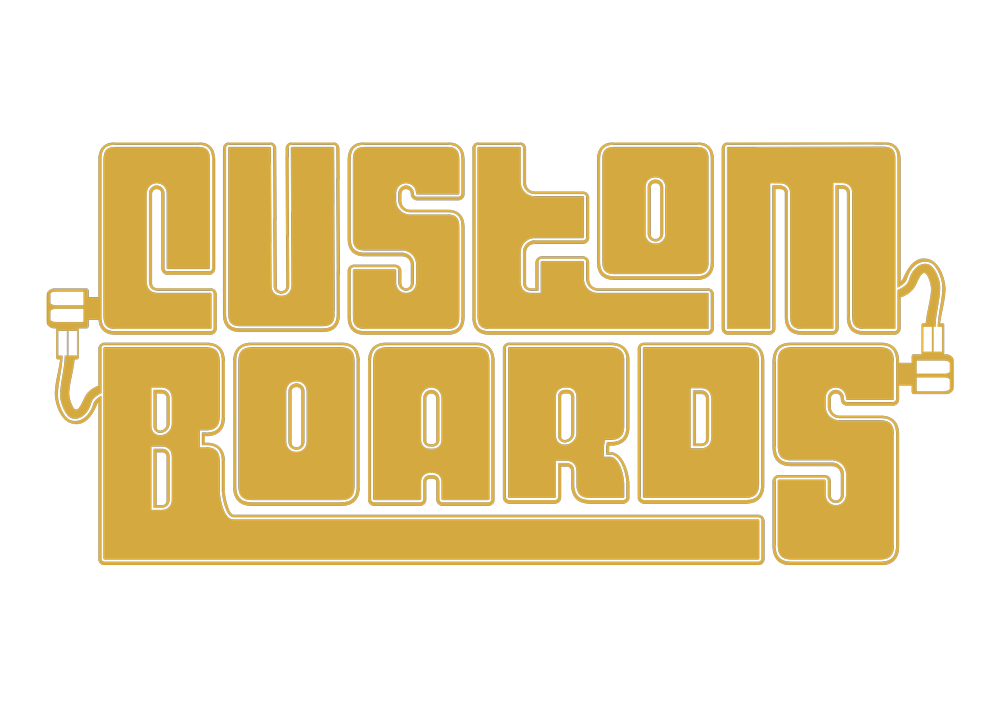Why do my pedals hum and buzz – can a power supply be causing this?
Let’s first face the sad facts: Any and all guitar rigs have to deal with hum and noise problems. The same problems can be found among young garage bands, as well as mega-successful stadium acts.
It’s easy to blame a venue’s sub-standard wiring whenever your rig buzzes. In the end, though, everybody will have to learn – and some will learn the hard way – that a badly-designed signal chain built around a cheap and unreliable power supply unit (PSU) is a surefire recipe for audio trouble, as well as being unreliable.

You can’t really stress this point enough, but the large majority of problems due to extraneous noise is caused by bad or underpowered power supply, not by a faulty pedal. A good rule-of-thumb is that if a pedal is noisy, even if the effect is turned off, the culprit is very likely the power supply. In the worst cases your pedals will make a noise, and the signal leaving your pedalboard will be a mere shadow of itself. If you suffer from a noisy pedalboard (or pedals), the first thing to do is check for problems with your power supply. Are you using a cheap or underpowered power supply? If so, you should switch to something appropriate for your setup, and make hum and buzzing things of the past.
Busting electrician’s myths
Every once in a while you will come across an electrician trying to feed you obscure myths regarding the causes of – and possible remedies for – noise interference. While some of these myths might hold a grain of truth when you’re erecting overland power pylons, most is gobbledegook when it comes to troubleshooting pedalboards and amps.
Swapping hot and cold
Some claim that simply inserting a Schuko-plug the other way around will shut up the buzz. Don’t even bother trying this.

Inductance between cables
Should the electrician spot a coil of cabling next to your amp, or parallel wires traversing the stage, inductance will be mentioned next. It’s extremely uncommon for any AC power cable that run next to your audio cable in your cable snake to induce noise into your system. Guitar rigs run on too little current (amperes) for induction between cables to occur. For the cables to react in such a way you would need a very complicated system of wiring, and much larger currents.

The most common causes for PSU-induced noise
1) Transformer hum
At the heart of a wah-wah pedal lies an inductor coil, which reacts to the transformer used in analogue power supply by picking up 50/60 Hz hum. Your pedalboard’s power supply should never be placed directly underneath your wah wah, but rather as far away from it as possible. The same goes for the proximity of the amp’s transformer and spring reverb tanks to a power supply. If you place your power supply directly on top of your amp, the amp’s main transformer and the it's power supply will likely start to interact and hum.
A classic example of transformer hum caused by a power supply are Line 6 Stompbox Modeller series pedals (introduced back in 2000). These effects still sound relevant today, but their factory power supplies were cheap designs, very prone to pick up and induce hum and buzz into a guitar rig.
Testing for induced hum
- Keep the guitar connected, but turn the instrument’s volume completely off.
- You can also use a so-called dummy plug for this purpose. This dummy plug has the ground soldered to the hot lug, making the effect behave as if a guitar has been connected with its volume control turned to zero.
- Take the effect and place it on top of the power supply unit. Does the effect pedal hum when placed on top of the power supply? If it does, this pedal should be noted as susceptible to induced hum, and placed as far away from the power supply as possible on your pedalboard.
As wah-wahs use an inductor coil to produce their effect, these should be placed as far as possible from any traditional, transformer-equipped power supply. It is important to find out which pedals induce hum, to avoid having them near to your pedalboard’s power supply.
2) Transformer hum in signal cables
A power supply’s transformer can also induce hum directly into your patch cables, especially if your signal chain is on the complicated side. A guitar signal is surprisingly weak to begin with, and having a transformer in close proximity can cause noise problems. On a well-made pedalboard all audio cables should be kept as far away from the power supply as possible. Looking at the innards of handmade valve amps is very educational when planning a pedalboard, as quality tube amps employ the same principles in their signal path.

If you have several audio cables on your pedalboard – for example when using a bypass looper to switch effects – the danger of noise induction grows. In general, if you have the signal running along a similar path at two different signal levels, chances are that some noise will be picked up and distributed across the pedalboard. This is a type of parasitic circuit that you should try to avoid at all costs on your board. In most cases the noise problem can be solved by moving some of the signal cables.
3) Cheap switch-mode PSUs
Over the last few years small “wall warts”, which resemble smartphone chargers, have become an ever more common view for powering guitar pedals. A switch-mode PSU is easily distinguished from traditional designs, thanks to its very compact size, its light weight, and the label stating “110-230 V”, meaning the power supply works all around the globe. Cheap, consumer-grade switch-mode PSUs (aka switched-mode or switching-mode) are prone to introduce high-pitched buzzing, or even squealing, into your guitar system, even when used with only a single analogue or digital pedal. Don’t use a power supply designed for a digital picture frame for your pedal effects, as the device hasn’t been designed for audio use.
Cheap, consumer-grade switch-mode PSUs (aka switched-mode or switching-mode) are prone to introduce high-pitched buzzing, or even squealing, into your guitar system, even when used with only a single analogue or digital pedal. Don’t use a power supply designed for a digital picture frame for your pedal effects, as the device hasn’t been designed for audio use.
Most switch-mode power supplies are OEM products, where the same brand’s power supplies might have been produced by different manufacturers over the years. This means you never know what you’ll get. Many pedal brands also carry a rebranded Chinese OEM switch-mode PSU in their product selection.

A switch-mode power supply is able to output lots of current (amperes), but its drawback is its noisiness, especially when used to power digital effects. This type of power supply messes with the internal clock rate of digital modulation effects, which causes high-pitched buzzing. These effects include modulation effects, such as chorus pedals, as well as digital delays and reverbs. These devices may work fine with a single pedal, but daisy chaining will definitely lead to a noisy signal.

A viable option is to swap your cheap switch-mode PSU for a qualified modern switch-mode power supply. This type of PSU doesn’t create a magnetic field around itself and they have great audio filtering for getting rid of the extra noise.
4) Cheap analogue power supplies
There are many ways to transform the power grid’s AC to whatever voltage a pedal effect requires. You can even buy PSUs with adjustable outputs at any hardware store. These power supplies are not fit for audio applications, though, as they aren’t equipped with sufficient noise filters. Many of these PSUs aren’t galvanically isolated, either, and might even damage your pedals, which is why we strongly recommend against their use on a pedalboard.
5) Pedalboards with built-in PSUs
We also won’t touch any cheap, moulded plastic pedalboards with integrated power supplies with a barge pole. Their quality is below par without exception, which is why we can’t recommend them. Most of these designs use an integrated, cheap switch-mode PSU that hasn’t been designed for audio use, which will always lead to noise problems. To us, building and selling such junk is immoral – you’re bound to fail, however hard you might try. This type of design will be noisy whatever you do. Additionally, should the PSU break, you’ll be stuck with a pedalboard that’s impossible to repair, and that offers no room for a replacement PSU.

*****
If you have purchased all the parts and components but get a feeling that you might not be up to the task after all, we can make your pedalboard for you, using the components you have bought from us. Don’t worry, we won’t let anything go to waste.


